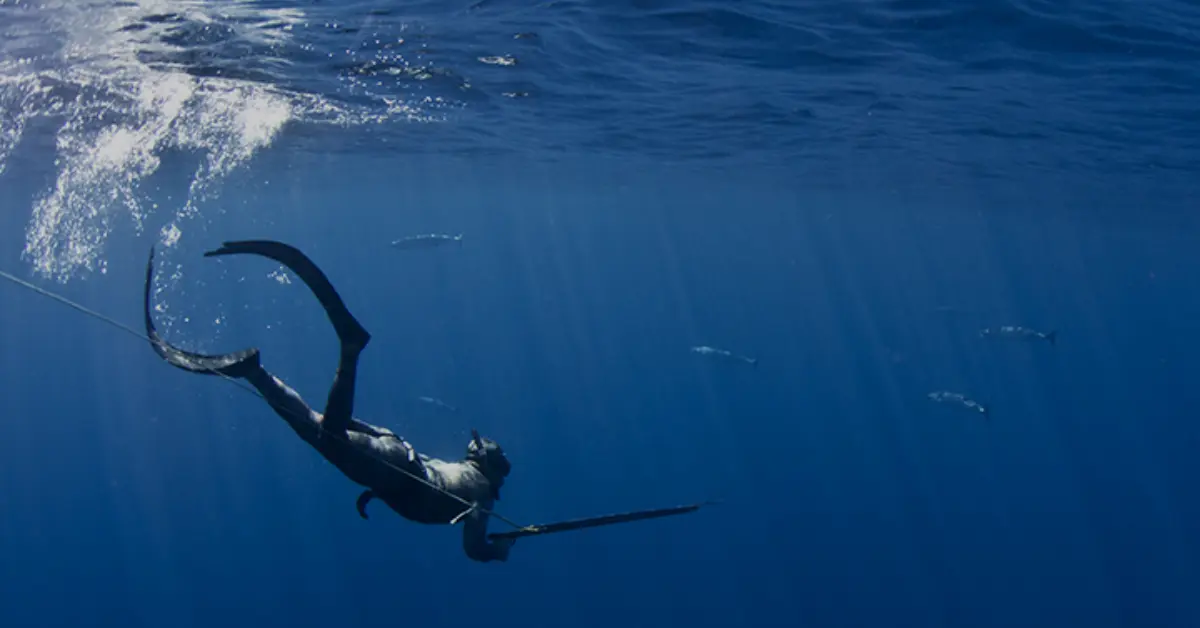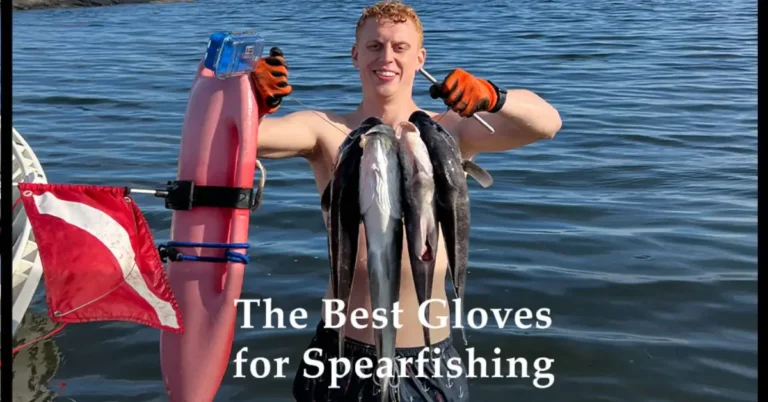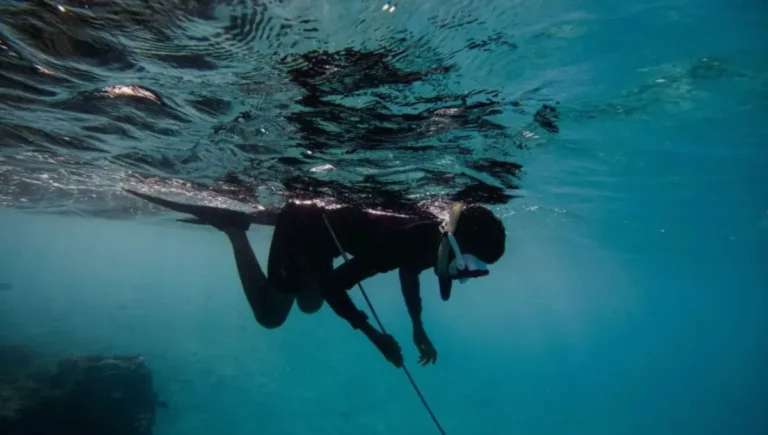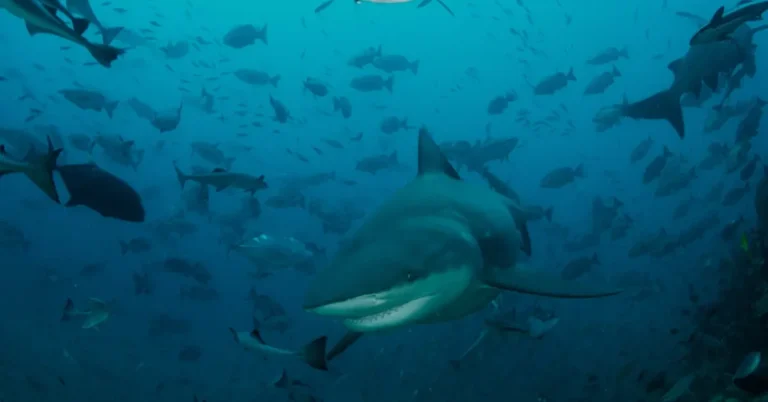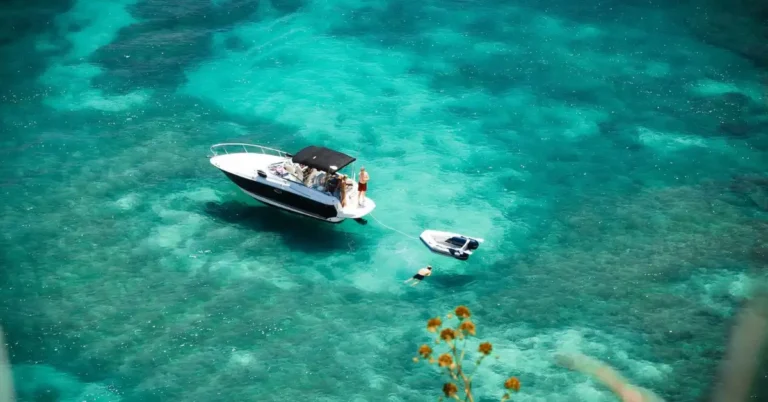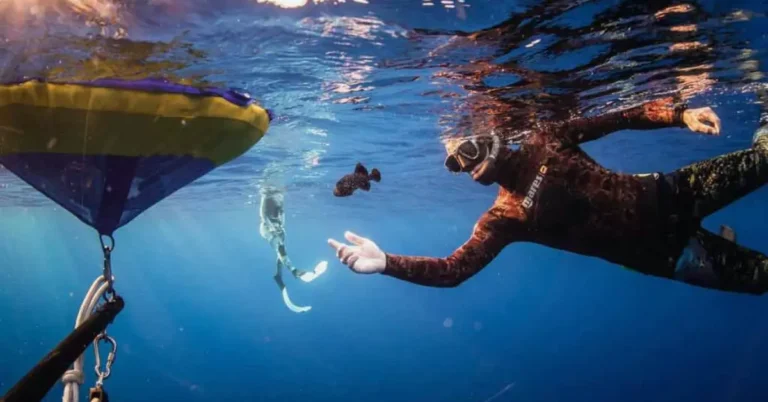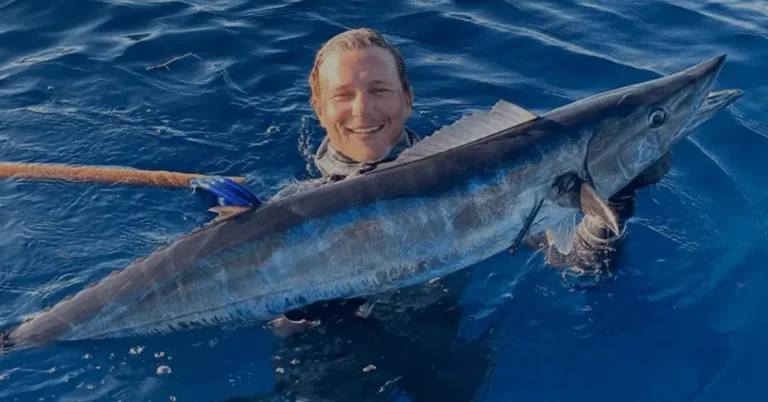Spearfishing from Shore: How You Can Get Started The Right Way
Spearfishing from shore is a thrilling way to explore the underwater world without needing a boat. Starting, I’d swim past the waves and hunt near rocky areas. It’s an adventure, but there are risks. I’ve had scary moments and ended up with scars. I want to share some essential tips to help newcomers stay safe and enjoy the sport.
Spearfishing from shore is like an art, especially when you’re new. It combines diving, hunting, and testing your limits. Unlike boat fishing, anyone can try it. I’ve spent years doing it and love it. This guide will help you find the best spots and stay safe.
Also Read: How in the world do I go spearfishing in Thailand?
Respect the weather and the tides
If you arrive at your spearfishing spot and conditions aren’t ideal, using common sense is important. Spearfishing can be risky, so don’t take unnecessary chances. Consider other options if the waves are too big or the wind has disrupted the water. Look for a more sheltered spot or maybe try fishing with a line instead.
Diving in murky water is no fun and can be dangerous. Pay attention to tides and currents, as they can swiftly change. Wind can also push you off course, and waves may drive you towards rocks. If conditions aren’t right, it’s better to wait or find a safer alternative.
Create a plan for spearfishing from shore
When spearfishing from shore, it’s crucial to have a plan. You need to navigate through currents and waves to reach calmer waters where you can fish safely. Before diving in, I like to survey the area from a high point to assess conditions and spot any potential dangers, like rocks or strong waves.
Using tools like the Limitless Drone X Pro helps me scout the area easily and plan my strategy with my buddy. With its long battery life and clear camera, I can map out where to fish without struggling to climb over rocks. Planning ensures a safer and more enjoyable spearfishing experience.
Know your local regulations and restrictions
It’s important to know the rules of spearfishing in your area. Some places may not allow spearfishing from shore, and there could be restrictions on catch limits and protected species. Breaking these rules can result in hefty fines and even the confiscation of your equipment.
In my part of Australia, we have “Sanctuary Zones” where fishing and spearfishing are completely banned. Ignoring these rules can lead to fines as high as $22,000. Take the time to understand the regulations in your area to avoid getting into trouble. It’s much better to follow the rules than to face the consequences of breaking them.
The gear you need to safely go spearfishing from shore
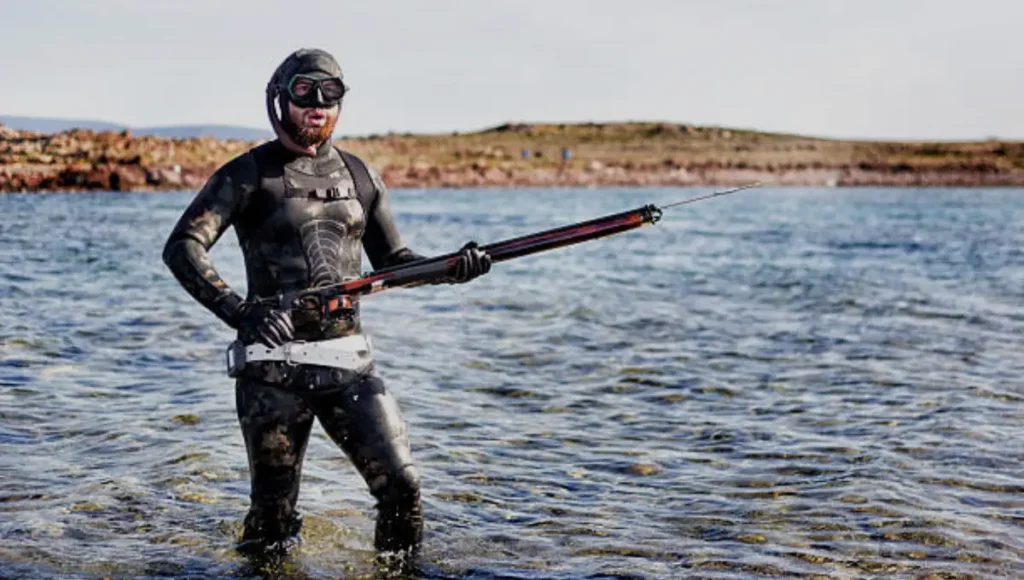
In my early years of beach spearfishing, I didn’t invest in much gear, which turned out to be a mistake. I thought I was saving money, but I was limiting my success. Essential gear like gloves, a float line, and a good wetsuit are crucial.
Gloves protect your hands, a float line stores your catch, and a wetsuit keeps you warm and safe from scrapes and stings. The right gear improves your effectiveness and safety. I highly recommend a sturdy float line with a diver flag for visibility. It not only signals your presence to others but also serves as a safety aid in case of cramps or fatigue.
Get organized before you start spearfishing from shore
To avoid losing your gear, it’s crucial to prepare properly before entering the water for spearfishing from shore. I’ve learned this lesson from experience. Before heading into the waves or onto the rocks, I make sure I’m fully geared up. This means wearing my wetsuit, weight belt, gloves, and water shoes. I protect my feet with neoprene socks to prevent injuries.
I apply the anti-fog solution to my mask and position it on my forehead. My dive knife and watch are secured, and I carry my towline, float, and speargun in one hand. My other hand is free to hold my fins. It may feel awkward at first, but it becomes easier with practice.
Decide on your entry points at the beach
In the area where I grew up spearfishing, there were always a few ways to enter the water from the beach. You should choose the safest entry point based on the current conditions before starting spearfishing from shore.
Swim through small waves by the rocks
When waves reach the beach, they usually come in at an angle due to ocean currents and wind. To spearfish safely from shore, I like to observe the angle of the waves and use natural barriers like reefs or headlands to shield myself. I enter the water where the waves are smaller and swim to my desired spot.
I walk into the water until it’s knee-deep, then put on my fins to avoid waddling awkwardly. Once my fins are on, I walk backwards into deeper water, holding my speargun and towline. When the water is deep enough, I wait for a calm moment and start swimming out.
Jump off the rocks along the headland
When spearfishing from the beach, swimming a long distance can be tiring and take longer. Another option is to walk along the headland and find a safe spot to jump into the water. This saves time and effort, but you need to know the water depth and time you jump with the waves.
It’s crucial to wear water shoes for protection on sharp rocks. These shoes are sturdy yet thin enough to wear with fins, so you can easily jump in and start spearfishing from the rocks.
Look for a current or a rip to help you
At the beach, rips are dangerous currents formed when water rushes back to the sea after breaking waves. However, for spearfishers, rips can be a way to reach deeper water quickly. Look for a section of water that looks different from the rest, possibly choppier or breaking the wave pattern.
Enter there and swim with the current to get past the breaking waves. Once you’re out, swim parallel to the shore to exit the rip. This technique is advanced and not recommended for beginners or weak swimmers. Stick to calm water near the rocks if you’re still learning.
Know where you’re getting out of the water
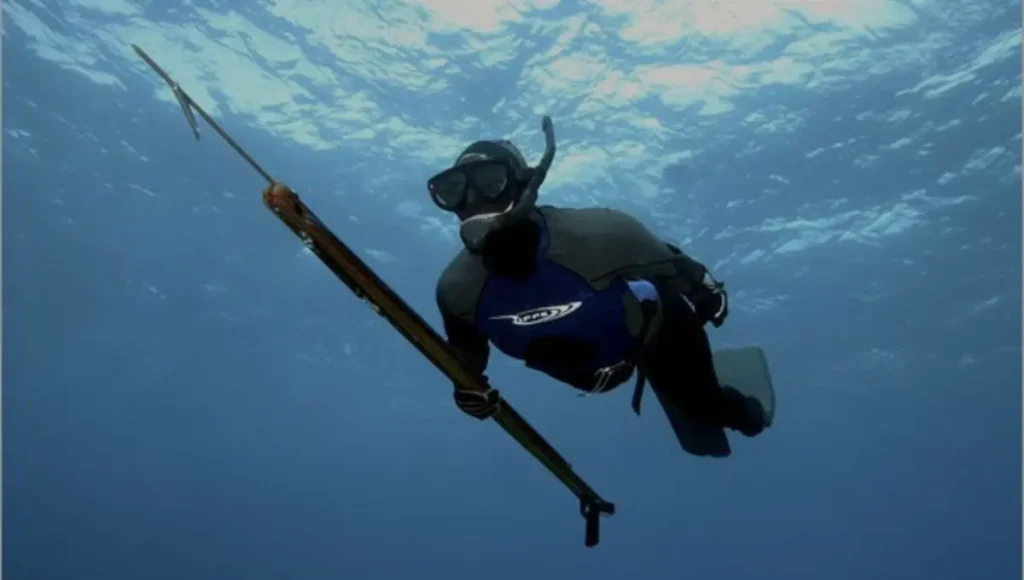
It’s crucial to plan your exit strategy, especially in rough weather or when diving into a new location. It can be challenging to find the right spot to get out of the water, especially if you’re aiming to climb back up the rocks. I suggest mapping out your path before starting or swimming to shore.
Entering the water with all your gear is easier than exiting after a dive, especially when tired and carrying fish. Drop your bags on the shore, then walk to the rocks where you’ll enter. After spearfishing, simply swim back to the beach. If exiting among rocks, mark your spot by placing your towel facing the water. Wait for a calm moment before attempting to climb out.
Keep a wary eye on the breakers
When spearfishing from shore, you’ll find many smaller reef fish near the rocks of the headland or reef. Sometimes, big schools of fish gather in shallow water where waves wash over rocks. If you go after these fish, be cautious of breaking waves, especially near headlands.
Waves can catch you off-guard, washing you over the rocks. You might feel the swell pulling you back before a waveforms, giving you a moment to dive and hold onto the bottom. This helps you avoid the worst of the wave, but you must act quickly. Getting washed over rocks isn’t pleasant; I once lost a favourite fin because I underestimated a wave’s force.
Build and develop your swimming skills
Spearfishing from shore means lots of swimming. Unlike diving from a boat, where the boat takes you to the spot, here it’s all up to you. Before venturing into deeper waters, being a confident swimmer is crucial. The ocean can be unpredictable, so swimming skills give you control and safety.
Strong swimmers can handle currents and rips better, ensuring a safe return to shore in tough conditions. Improving your swimming helps conserve energy for long swims while searching for fish. Consider investing in a spearfishing kayak for added convenience and ease of access to spots near the shore.
It’s time to go spearfishing from shore
Once you’ve planned everything and gathered your gear, it’s time to start spearfishing from shore. Remember, like any sport, it takes practice and preparation, so don’t be too hard on yourself.
With more experience, you’ll improve. These tips will become natural to you over time. Many of us started by swimming off the beach just like you are today. I hope this helps you start, and I can’t wait to hear about your progress in spearfishing!
Conclusion
Spearfishing from shore is an exciting and rewarding sport, but it requires careful planning and preparation. By following the tips outlined in this guide, you can start spearfishing the right way. Remember to prioritize safety, understand local regulations, and use proper gear.
Practice swimming and familiarize yourself with the underwater environment. With experience, you’ll become more confident and skilled in spearfishing. Enjoy the adventure and exploration that spearfishing from shore offers, and share your progress with fellow enthusiasts. Happy spearfishing!
